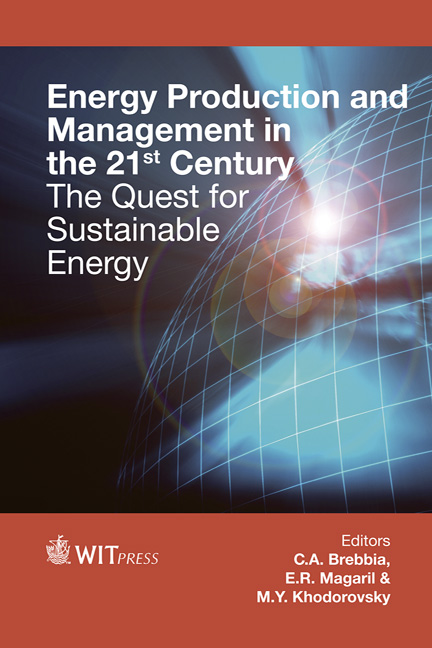The Enhancement Of Economic Compensation Mechanisms For Environmental Costs
Price
Free (open access)
Transaction
Volume
190
Pages
12
Page Range
1117 - 1128
Published
2014
Size
298 kb
Paper DOI
10.2495/EQ141042
Copyright
WIT Press
Author(s)
A. Boyarinov
Abstract
In the countries with a transitional economy, environmental problems stand very sharply. Power engineering is the branch which makes a great contribution to environmental pollution. CHP plants pollute the atmosphere; greenhouse gases emissions; nuclear power plants produce nuclear fuel wastes; hydropower plants flood huge territories. The polluter-pays principle is active in Russia as well as in other countries. But emission charges take less than 0.1% in product value. It is not enough to repair environmental damage and to stimulate the enterprises to invest in environmental projects. The reasons for low payments are put into a theory of value. A process cost forming mechanism is caused in that the producer compensates consumption of all factors (means of labor, objects of labor and work) at the expense of the price. The environment is involved in the process of production and is used very intensively due to the fact that it loses natural and consumer properties. The environment has all the signs of manufacture factors that allow us to consider it as a parity manufacture factor. The purpose of the paper is to develop a methodology to justify enterprises’ emission charges. The approach considering the enterprises’ abatement costs as the basis for calculating the emission charges is herein suggested. In the paper, the principles of an assessment and compensation the \“amortization” of the active part of a manufacture factor – \“environment” are formulated. The need for calculating environment \“amortization” based on costs to prevent negative consequences of production activity is proved. The order of formation and use the \“amortization” of the active part of a manufacture factor – \“environment” is developed. As a result of application of the author’s approach, the motivation from the enterprises to reduce negative impact on the environment increases. Keywords: \“environment” production factor, emission charges, production expenses, labor theory of value.
Keywords
\“environment” production factor, emission charges, production expenses, labor theory of value.





